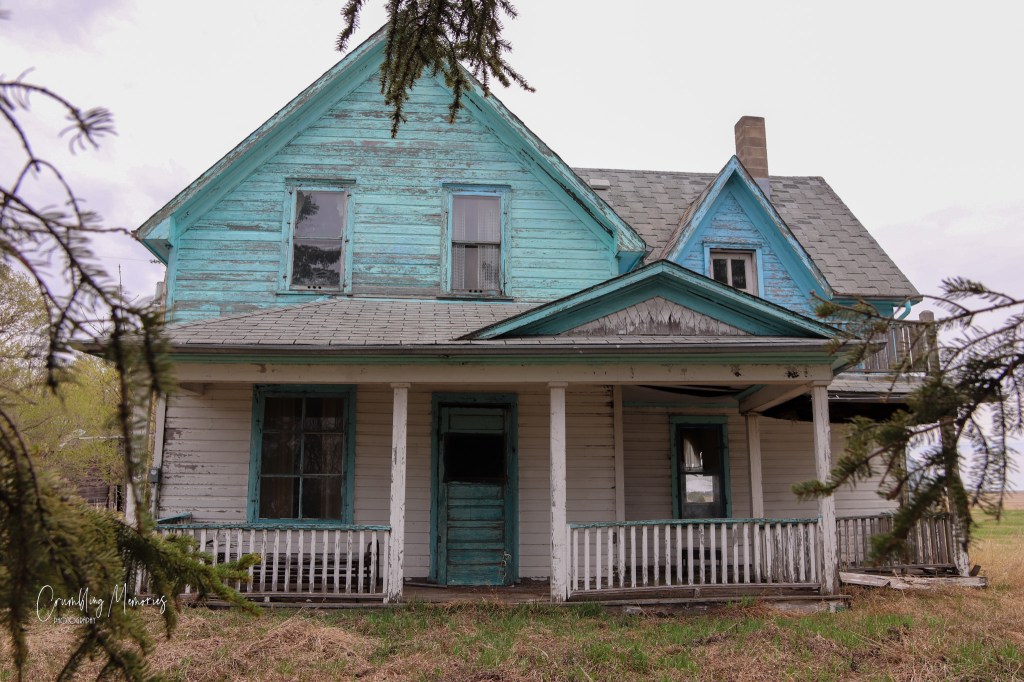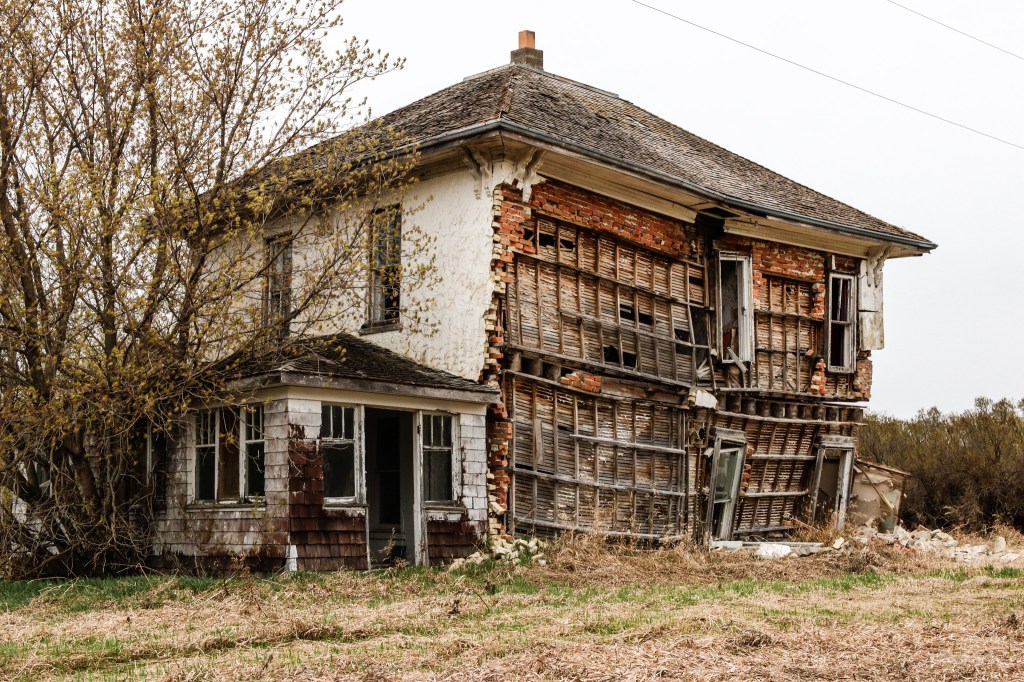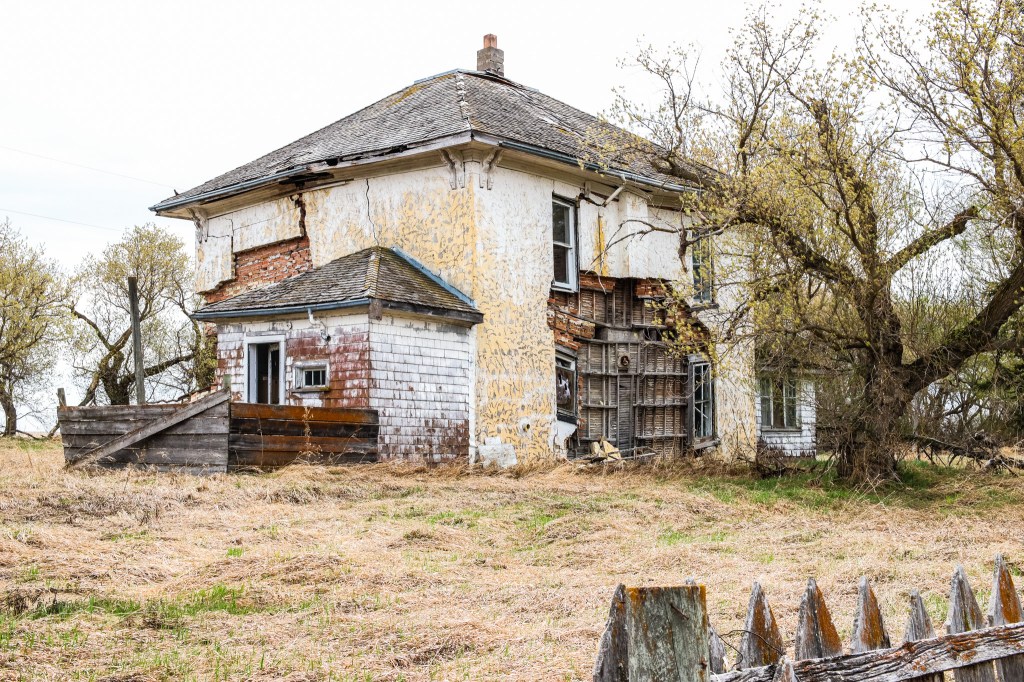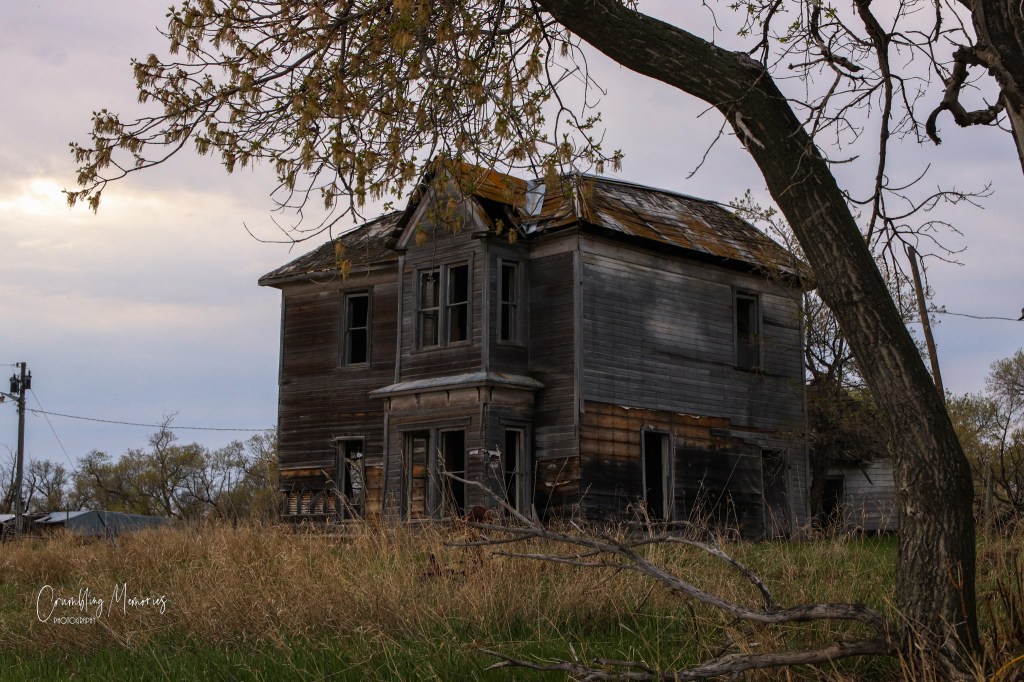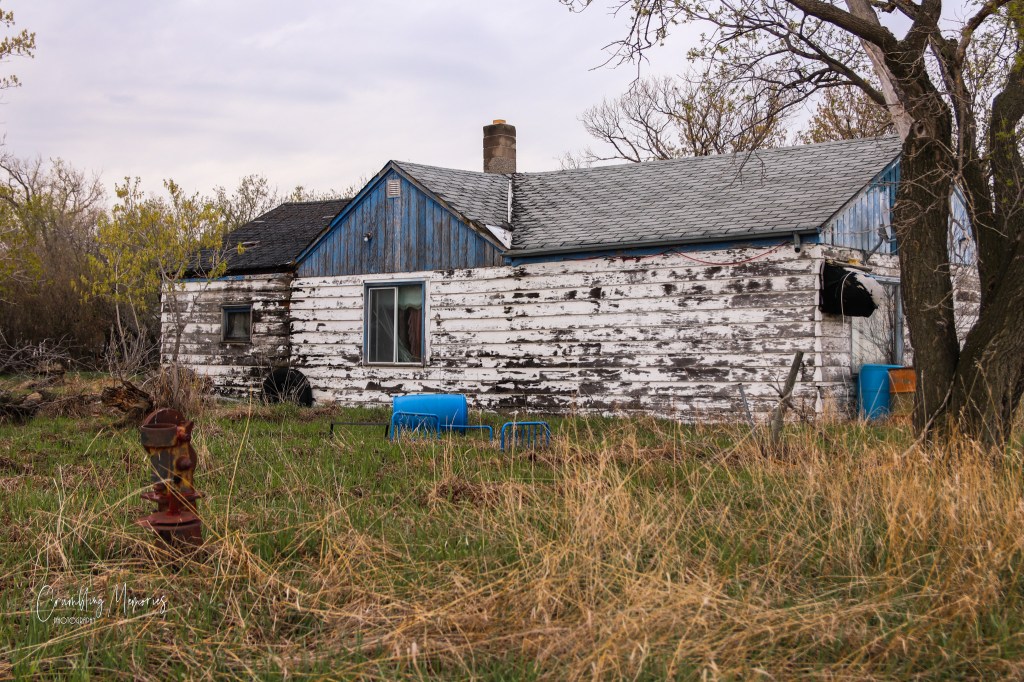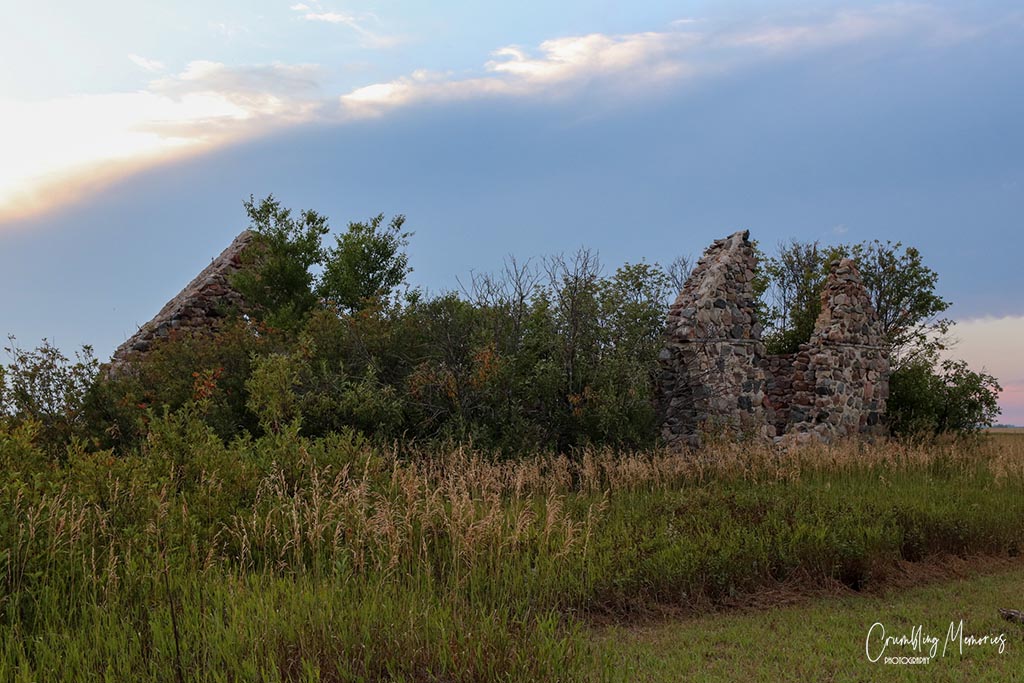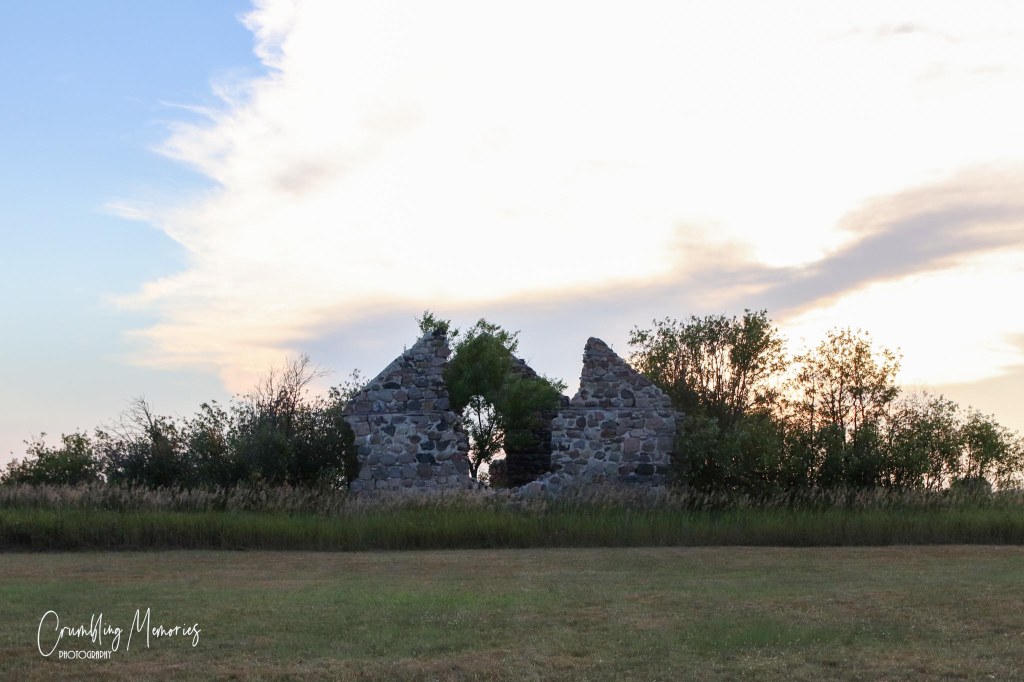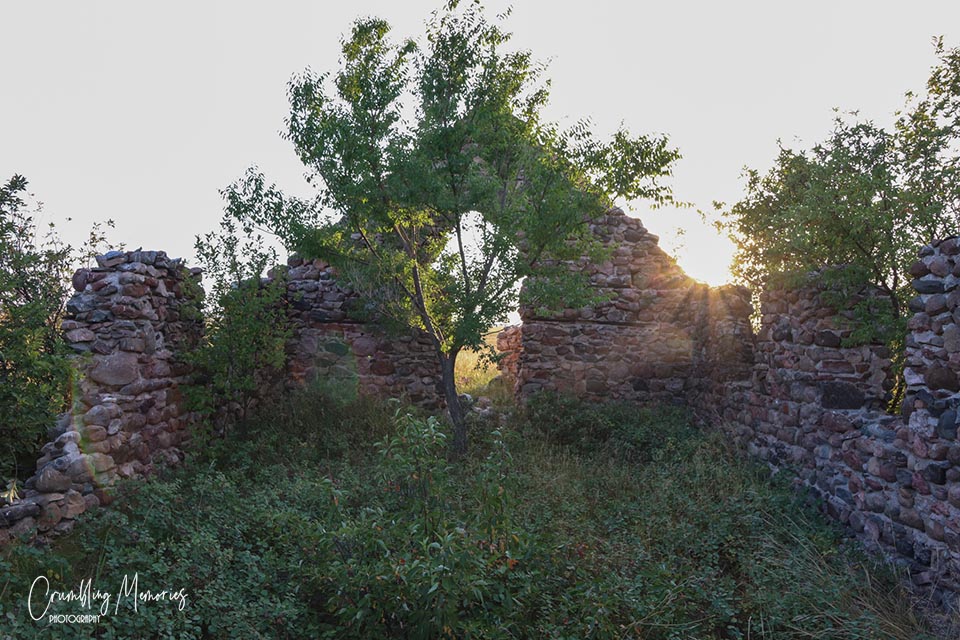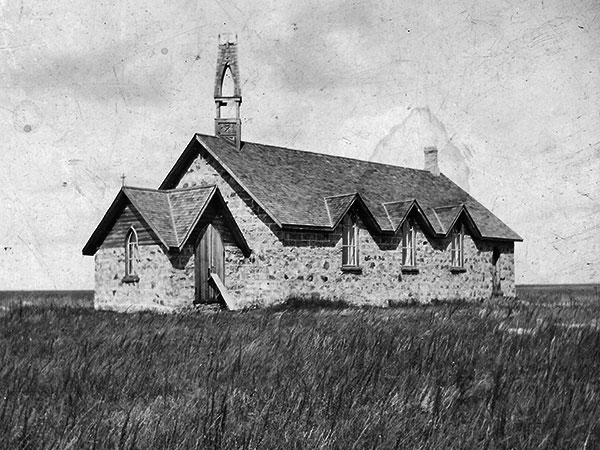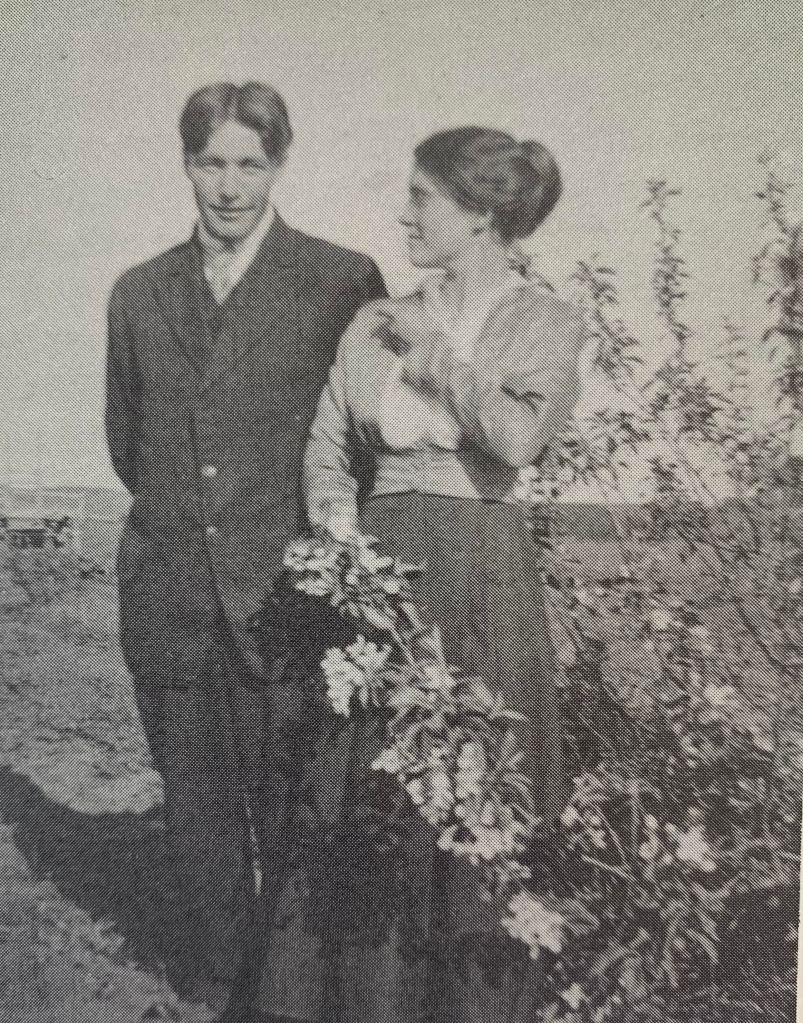Long before the first registered homesteader came to this property, many indigenous people lived off this land. Many studies have been conducted and many different artifacts from different periods of time have been recovered in different layers of the land here but there is still not a lot know about the very first settlers, the Blackduck people who are recorded to have lived on this land between A.D. 700 and A.D. 1300.

What we do know is that Mr. William Thomas Brockinton, a graduate of Oxford University in England, and his wife and two children who were 5 and 3 years old left England and William’s job as an auditor for The Birmington Railway and arrived in Woodstock, Ontario in the fall of 1881 with zero farming experience.
They remained in Woodstock that first winter and met a group of young men who were on their way to Manitoba. The men picked their homesteads from a Homestead Map and headed to Brandon in the Spring of 1882. Brandon was a far as they could travel by train as that was where the track ended at that time. The group organized their supplies and William bought himself what was said to be the best team of oxen ever seen. The cart was loaded with lumber which would build the Brockinton’s house. Mrs. drove a pony, hitched to a buggy with the children inside and a cow attached behind. Remember, the Brockinton’s had zero farm experience and it is said they relied heavily on the young men they travelled to Manitoba with.
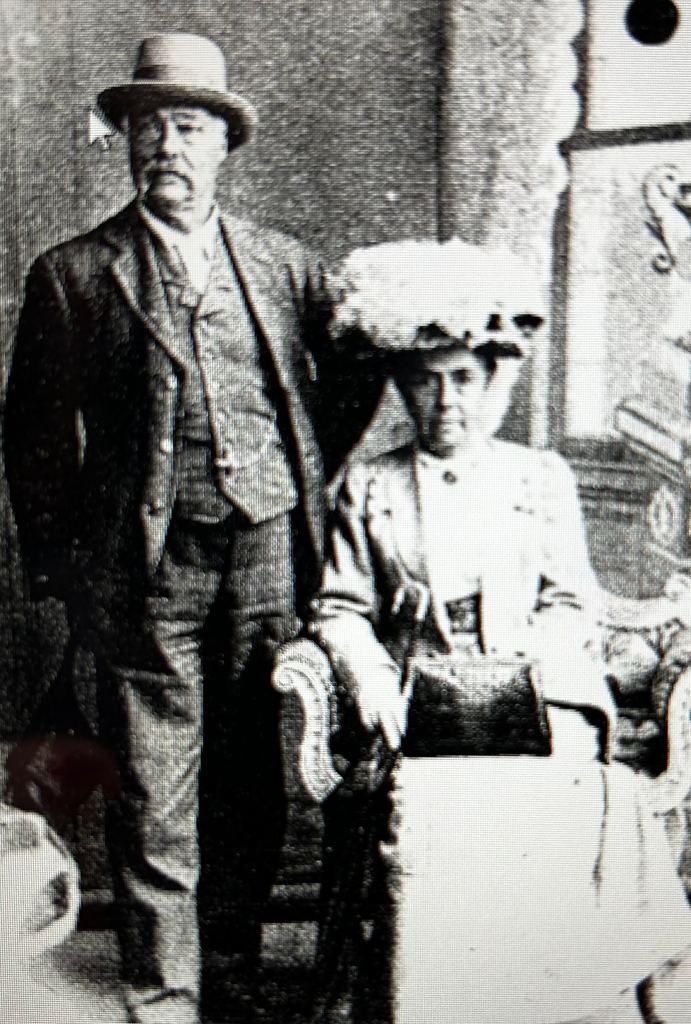
On their first night, the cow got loose and William spent a good part of the night trying to get it back. This resulted in William missing the ferry at Plum Creek. The young men were not happy as they had already gotten their supplies across and were annoyed that William was likely going to delay things trying to get his oxen and load of lumber across the creek. This didn’t stop William. He came down the bank, oxen pulling his lumber and entered the water. It wasn’t long before the oxen were completely submerged underwater for about 10 feet or so. The force of the load was so heavy that the oxen were able to get their footing on the bottom of the creek and carry on across the creek bottom and up the other side of the bank. It is said that all the while, William stood on the top of the load, smoking his pipe like this was a normal thing.

That first winter, the Brockinton’s lived in their small, cold, wood house. The young men decided to head back to Woodstock for the winter leaving William all alone to figure out his first winter on the prairies. A Manitoba winter was not something William and his family was used to. In February, the family started to get short on food so William set out for food and nearly froze to death on his way back with a bag of potatoes which were also frozen by the time he barely made it back to his family.
During the second summer in Manitoba, William acquired a second homestead on the river flats where there was plenty of wood. That first winter William built a soddy to live in. William now spent his time between his two homesteads and in 1895 he built this beautiful stone home which still stands today.
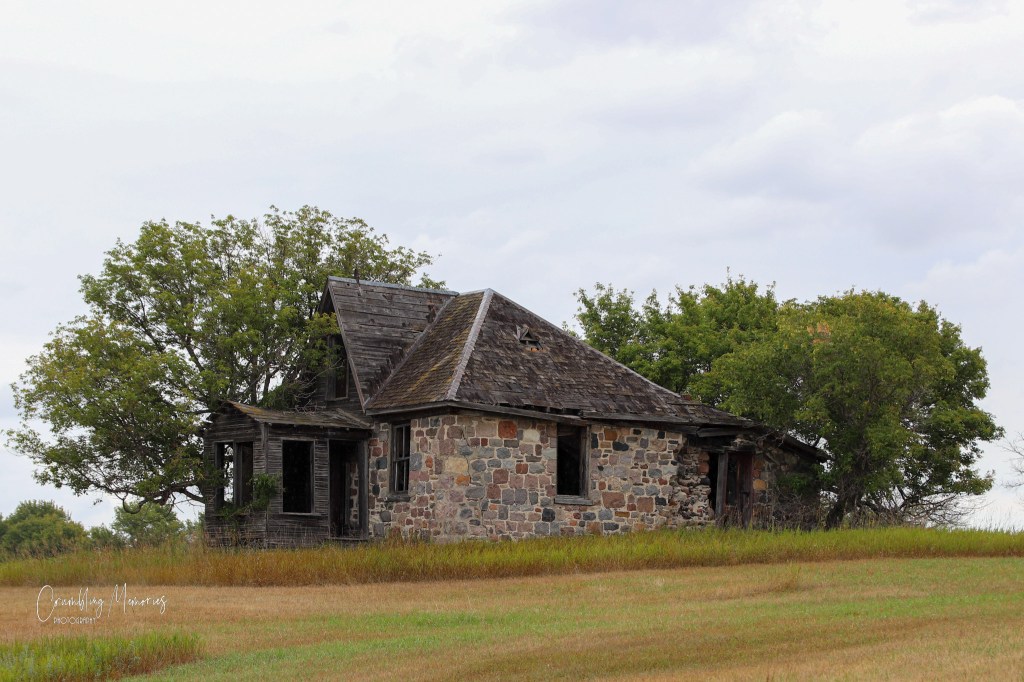
After moving to Manitoba, the Brockinton family had two more children. As there were no schools nearby, William home schooled his children until a school was built nearby in 1901.

William was an exceptional violinist and was more than willing to teach anyone who was willing to learn.

Mr. and Mrs. Brockinton continued to live on their farm until their deaths. Mrs. Brockinton died in November of 1924 and Mr. Brockinton died in September of 1933 at 83 years of age.

It is said that William continued to purchase land in the area and at one point paid $4.80 an acre. I cannot tell you exactly where this couple retired.

This land is also recognized as a Manitoba Grassland Birding Trail.

This old homestead is recognized as a National Historical Site. One day I hope to find out more about the Blackduck People who inhabited this land many, many moons ago.
















